When Service-Led Activities and Tertiarization Processes Replace Old Industries and Local Brownfields: Changes, Perceptions and Perspectives in the Northern Industrial Area of Lugoj, Romania
Abstract
1. Introduction
2. Theoretical Framework: From Brownfields to Tertiarization and Service-Led Economies
3. Study Area, Materials and Methods
3.1. Study Area
3.2. Materials and Methods
4. Results and Discussion
4.1. The Local Brownfields of Lugoj Municipality: Contextualizing Changes—From Socialist State-Owned to Post-Socialist Industry
4.2. Projects in Urban Renewal of the Local Brownfields; from Reindustrialization to Service-Led Economy Development in the Northern Industrial Area of Lugoj
4.3. From Industry to Services Development—New Projects in Local Urban Development
4.4. From Traditional Manufacturing to New Creative Industries and High Profiled Services
4.5. The Perception of the Local Residents and Local Authorities
4.6. Vacant Places and Unused Sites of the Local Brownfields Still Remain: Future Perspectives and Interventions
5. Conclusions
6. Notes
Funding
Data Availability Statement
Acknowledgments
Conflicts of Interest
References
- Alexandrescu, F.; Martinat, S.; Klusacek, P.; Bartke, S. The path from passivity toward entrepreneurship: Public sector actors in brownfield regeneration processes in Central and Eastern Europe. Organ. Environ. 2014, 27, 181–201. [Google Scholar] [CrossRef]
- Navratil, J.; Krejci, T.; Martinat, S.; Pasqualetti, M.J.; Klusacek, P.; Frantal, B.; Tochackova, K. Brownfields do not “only live twice”: The possibilities for heritage preservation and the enlargement of leisure time activities in Brno, the Czech Republic. Cities 2018, 74, 52–63. [Google Scholar] [CrossRef]
- Klusáček, P.; Navrátil, J.; Martinát, S.; Krejčí, T.; Golubchikov, O.; Pícha, K.; Škrabal, J.; Osman, R. Planning for the future of derelict farm premises: From abandonment to regeneration? Land Use Policy 2021, 102, 105248. [Google Scholar] [CrossRef]
- Pícha, K.; Navrátil, J.; Švec, R. Preference to local food vs. Preference to “national” and regional food. J. Food Prod. Mark. 2018, 24, 125–145. [Google Scholar] [CrossRef]
- Grimski, D.; Ferber, U. Urban brownfields in Europe. Land Contam. Reclam. 2001, 9, 143–148. [Google Scholar]
- Adams, D.; Watkins, C. Greenfields, Brownfields and Housing Development; John Wiley & Sons: Hoboken, NJ, USA, 2008. [Google Scholar]
- Jucu, I.S.; Voiculescu, S. Abandoned places and urban marginalized sites in Lugoj Municipality, three decades after Romania’s State-Socialist collapse. Sustainability 2020, 12, 7627. [Google Scholar] [CrossRef]
- Voiculescu, S.; Jucu, I.S. Producing urban industrial derelict places: The case of the Solventul petrochemical plant in Timişoara. Eur. Urban Reg. Stud. 2016, 23, 765–781. [Google Scholar] [CrossRef]
- Jucu, I.S. Romanian post-socialist industrial restructuring at the local scale: Evidence of simultaneous processes of de-/reindustrialization in the Lugoj municipality of Romania. J. Balk. Near East. Stud. 2015, 17, 408–426. [Google Scholar] [CrossRef]
- Jucu, I.S. Recent issues of spatial restructuring in Romanian medium-sized towns: Spatial conversion and local urban regeneration. Int. Multidiscip. Sci. GeoConference SGEM 2016, 3, 493–500. [Google Scholar]
- Jucu, I.S. Analiza Procesului de Restructurare Urbană în Municipiul Lugoj [The Analysis of the urban Restructuring Process in the Municipality of Lugoj]; Editura Universităţii de Vest: Timioara, Romania, 2011. [Google Scholar]
- Jucu, I.S. From State-Socialist Ambitions of Romanian Rural Indutrialisation to Post-Socialist Rural Deindutrialisation: Two Case Studies From Romania. East. Eur. Countrys. 2016, 22, 165–195. [Google Scholar] [CrossRef]
- Jucu, I.S.; Pavel, S. Post-Communist Urban Ecologies of Romanian Medium-Sized Towns. Forum Geogr. 2019, 18, 170–183. [Google Scholar] [CrossRef]
- Jucu, I.S.; Pavel, S. Identifying industrial heritage of Romanian small and medium-sized towns: Two samples of Timis County of Romania. An. Asoc. Prof. A Geogr. Din Rom. Ann. Prof. Assoc. Rom. Geogr. 2018, 9, 5–28. [Google Scholar]
- Tiesdell, S. Brownfields Redevelopment and the Quest for Sustainability; Emerald Group Publishing: Bingley, UK, 2008. [Google Scholar]
- Stanilov, K. (Ed.) The Post-Socialist City: Urban Form and Space Transformations in Central and Eastern Europe after Socialism; Springer: Dordrecht, The Netherlands, 2007. [Google Scholar]
- DeSilvey, C.; Edensor, T. Reckoning with ruins. Prog. Hum. Geogr. 2013, 37, 465–485. [Google Scholar] [CrossRef]
- Edensor, T. Industrial Ruins. Space, Aesthetics and Materiality; Berg: Oxford, UK, 2005. [Google Scholar]
- Edensor, T. The ghosts of industrial ruins: Ordering and disordering memory in excessive space. Environ. Plan. D Soc. Space 2005, 23, 829–849. [Google Scholar] [CrossRef]
- Kiss, E. Restructuring in the industrial areas of Budapest in the period of transition. Urban Stud. 2002, 39, 33–56. [Google Scholar] [CrossRef]
- Kiss, E. Spatial impacts of post-socialist industrial transformation in the major Hungarian cities. Eur. Urban Reg. Stud. 2004, 11, 81–87. [Google Scholar] [CrossRef]
- Kiss, E. The evolution of industrial areas in Budapest after 1989. In The Post-Socialist City: Urban form and Space Transformations in Central and Eastern Europe after Socialism; Stanilov, K., Ed.; Springer: Dordrecht, The Netherlands, 2007; pp. 147–172. [Google Scholar]
- Jigoria-Oprea, L.; Popa, N. Industrial brownfields: An unsolved problem in post-socialist cities. A comparison between two mono industrial cities: Reşiţa (Romania) and Pančevo (Serbia). Urban Stud. 2017, 54, 2719–2738. [Google Scholar] [CrossRef]
- Paddison, R.; Hutton, T. Cities and economic change: Restructuring and dislocation in the global metropolis. In Cities and Economic Change; Sage: London, UK, 2014. [Google Scholar]
- Kiss, E. The impacts of the economic crisis on the spatial organization of Hungarian industry. Eur. Urban Reg. Stud. 2012, 19, 62–76. [Google Scholar] [CrossRef]
- Ianoş, I.; Sîrodoev, I.; Pascariu, G.; Henebry, G. Divergent patterns of built-up urban space growth following post-socialist changes. Urban Stud. 2016, 53, 3172–3188. [Google Scholar] [CrossRef]
- Stanilov, K.; Sýkora, L. Planning markets and patterns of residential growth in post-socialist metropolitan Prague. J. Archit. Plan. Res. 2012, 29, 278–291. [Google Scholar]
- Hirt, S.A.; Stanilov, K. Twenty Years of Transition: The Evolution of Urban Planning in Eastern Europe and the Former Soviet Union, 1989–2009. UN-HABITAT: Nairobi, Kenya, 2009. [Google Scholar]
- Stanilov, K.; Sýkora, L. (Eds.) Confronting Suburbanization: Urban Decentralization in Postsocialist Central and Eastern Europe; John Wiley & Sons: Hoboken, NJ, USA, 2014. [Google Scholar]
- Smith, A.; Timár, J. Uneven transformations: Space, economy and society 20 years after the collapse of state-socialism. European Urban Reg. Stud. 2010, 17, 15–25. [Google Scholar] [CrossRef]
- Golubchikov, O.; Badyina, A.; Makhrova, A. The hybrid spatialities of transition: Capitalism, legacy and uneven urban economic restructuring. Urban Stud. 2013, 51, 617–633. [Google Scholar] [CrossRef]
- Sýkora, L. Post-socialist cities. In International Encyclopedia of Human Geography; Kitchin, R., Thrift, N., Eds.; Elsevier: Oxford, UK, 2009; pp. 387–395. [Google Scholar]
- Sýkora, L. New socio-spatial formations: Places of residential segregation and separation, Czechia. Tijdschr. Voor Econ. En Soc. Geogr. 2009, 100, 417–435. [Google Scholar] [CrossRef]
- Chorianopoulos, I. Urban restructuring and governance: North-south differences in Europe and the EU URBAN Initiative. Urban Stud. 2002, 39, 705–726. [Google Scholar] [CrossRef]
- Gounaridis, D.; Chorianopoulos, I.; Koukoulas, S. Exploring prospective urban growth trends under different economic outlooks and land-use planning scenarios: The case of Athens. Appl. Geogr. 2018, 90, 134–144. [Google Scholar] [CrossRef]
- Meng, C.; Du, X.; Ren, Y.; Shen, L.; Cheng, G.; Wang, J. Sustainable urban development: An examination of literature evolution on urban carrying capacity in the Chinese context. J. Clean. Prod. 2020, 277, 122802. [Google Scholar] [CrossRef]
- Marian-Potra, A.C.; Ișfănescu-Ivan, R.; Pavel, S.; Ancuța, C. Temporary uses of urban brownfields for creative activities in a post-socialist city. Case study: Timișoara (Romania). Sustainability 2020, 12, 8095. [Google Scholar] [CrossRef]
- Turșie, C. The unwanted past and urban regeneration of Communist heritage cities. Case study: European Capitals of Culture (EcoC) Riga 2014, Pilsen 2015 and Wroclaw 2016. J. Educ. Cult. Soc. 2015, 6, 122–138. [Google Scholar] [CrossRef]
- Turşie, C. Culture-Led Urban Regeneration of Industrial Derelict Places. Case study: Paltim Hats Factory of Timișoara-A Cultural Social Enterprise. RAIS J. Soc. Sci. 2017, 1, 7–23. [Google Scholar]
- Rîșteiu, N.T.; Creţan, R.; O’Brien, T. Contesting post-communist economic development: Gold extraction, local community, and rural decline in Romania. Eurasian Geogr. Econ. 2021, 63, 491–513. [Google Scholar] [CrossRef]
- Dincă, M.; Lucheș, D. Work integration of the roma: Between family and labor market. Sustainability 2018, 10, 1495. [Google Scholar] [CrossRef]
- Krzysztofik, R.; Dymitrow, M.; Biegańska, J.; Senetra, A.; Gavriilidou, E.; Nadolu, B.; Luches, D.; Spórna, T.; Teodorescu, D.; Brauer, R.; et al. Landscapes with Different Logics: A Physicalistic Approach to Semantic Conflicts in Spatial Planning; De Gryter: Berlin, Germany, 2017; pp. 29–45. [Google Scholar]
- Turečková, K.; Martinát, S.; Nevima, J.; Varadzin, F. The Impact of Brownfields on Residential Property Values in Post-Industrial Communities: A Study from the Eastern Part of the Czech Republic. Land 2022, 11, 804. [Google Scholar] [CrossRef]
- Van Beckhoven, E.; Van Kempen, R. Social effects of urban restructuring: A case study in Amsterdam and Utrecht, the Netherlands. Hous. Stud. 2003, 18, 853–875. [Google Scholar] [CrossRef]
- Ozus, E.; Turk, S.S.; Dokmeci, V. Urban restructuring of Istanbul. Eur. Plan. Stud. 2011, 19, 331–356. [Google Scholar] [CrossRef]
- Hodos, J.I. Globalization, regionalism, and urban restructuring: The case of Philadelphia. Urban Aff. Rev. 2002, 37, 358–379. [Google Scholar] [CrossRef]
- Hutton, T. Epilogue. Economic change, globalizing cities and the new urban order. In Cities and Economic Change; Paddison, R., Hutton, T., Eds.; Cities and economic change: Restructuring and dislocation in the global metropolis; Sage: London, UK, 2014; pp. 231–247. [Google Scholar]
- Narula, R.; Dunning, J.H. Industrial development, globalization and multinational enterprises: New realities for developing countries. Oxf. Dev. Stud. 2000, 28, 141–167. [Google Scholar] [CrossRef]
- Kennedy, L. The politics and changing paradigm of megaproject development in metropolitan cities. Habitat Int. 2015, 45, 163–168. [Google Scholar] [CrossRef]
- Szalavetz, A. ‘Tertiarization’of Manufacturing Industry in the New Economy-Experiences in Hungarian Companies (No. 134); Institute for World Economics-Centre for Economic and Regional Studies-Hungarian Academy of Sciences: Budapest, Hungary, 2003. [Google Scholar]
- Lin, G.C. Toward a post-socialist city? Economic tertiarization and urban reformation in the Guangzhou metropolis, China. Eurasian Geogr. Econ. 2004, 45, 18–44. [Google Scholar] [CrossRef]
- Miles, I. Services innovation: Towards a tertiarization of innovation studies. In Productivity, Innovation and Knowledge in Services; Edward Elgar Publishing: Cheltenham, UK, 2002; pp. 164–196. [Google Scholar]
- Deleidi, M.; Paternesi Meloni, W.; Stirati, A. Tertiarization, productivity and aggregate demand: Evidence-based policies for European countries. J. Evol. Econ. 2020, 30, 1429–1465. [Google Scholar] [CrossRef]
- Bole, D. Cultural industry as a result of new city tertiarization. Acta Geogr. Slov. 2008, 48, 255–276. [Google Scholar] [CrossRef]
- Kleibl, J. Tertiarization, industrial adjustment, and the domestic politics of foreign aid. Int. Stud. Q. 2013, 57, 356–369. [Google Scholar] [CrossRef]
- De Souza, K.B.; de Andrade Bastos, S.Q.; Perobelli, F.S. Multiple trends of tertiarization: A comparative input–output analysis of the service sector expansion between Brazil and United States. EconomiA 2016, 17, 141–158. [Google Scholar] [CrossRef][Green Version]
- Perepelkin, V. Co-Ownership as a Factor Tertiarization of Postindustrial Society’s Economy. Mediterr. J. Soc. Sci. 2015, 6, 515–521. [Google Scholar] [CrossRef]
- Safronov, S.G.; Zotova, M.V. Tertiarization of the Economy in Russian Regions: Deindustrialization or Postindustrialization? Reg. Res. Russ. 2021, 11, 294–307. [Google Scholar] [CrossRef]
- Hwang, S.K. Tertiarization and Changes in the Demand for Job-based Skills-Focusing on Cognitive Skills and Interactive Skills. J. Labour Econ. 2007, 30, 1–41. [Google Scholar]
- Goebel, J.; Gornig, M. Deindustrialization and Tertiarization and the Polarization of Household Incomes. Urban Stud. 2016, 55, 790–806. [Google Scholar]
- Carrillo Arteaga, B.E.; Cadena Vargas, E. Tertiarization and spatial configuration in Mexico. Acta Univ. 2019, 29, 1–21. [Google Scholar]
- Murcia, M.J.; Siegner, M.; DeBoer, J. Main Findings and Trends of Tertiarization; CRC Press: Boca Raton, FL, USA; Taylor and Francis: London, UK, 2018. [Google Scholar]
- Charaia, V.; Chochia, A.; Lashkhi, M. The impact of FDI on Economic development: The Case of Georgia. TalTech J. Eur. Stud. 2020, 10, 96–116. [Google Scholar] [CrossRef]
- Lall, S. FDI and Development: Research Issues in the Emerging Context; Routledge: London, UK, 2002; pp. 339–359. [Google Scholar]
- Denisia, V. Foreign direct investment theories: An overview of the main FDI theories. Eur. J. Interdiscip. Stud. 2010, 2, 104–110. [Google Scholar]
- Crețan, R.; Guran-Nica, L.; Platon, D.; Turnock, D. Foreign Direct Investment and Social Risk in Romania: Progress in Less-Favoured Areas 1. In Foreign Direct Investment and Regional Development in East Central Europe and the Former Soviet Union; Routledge: London, UK, 2017; pp. 305–348. [Google Scholar]
- Longhurst, R. Semi-structured Interviews and Focus Groups. In Key Methods in Geography; Clifford, N., French, S., Valentine, G., Eds.; Sage: London, UK, 2010; pp. 103–115. [Google Scholar]
- Laurier, E. Participant Observation. In Key Methods in Geography; Clifford, N., French, S., Valentine, G., Eds.; Sage: London, UK, 2010; pp. 116–130. [Google Scholar]
- Pavlovskaya, M.E. Mapping urban change and changing GIS: Other views of economic restructuring. Gend. Place Cult. A J. Fem. Geogr. 2002, 9, 281–289. [Google Scholar] [CrossRef]
- Mah, A. Memory, uncertainty and industrial ruination: Walker riverside, Newcastle upon Tyne. Int. J. Urban Reg. Res. 2010, 34, 398–413. [Google Scholar] [CrossRef]
- Mah, A. Industrial Ruination, Community and Place Landscapes and Legacies of Urban Decline; University of Toronto Press: Toronto, ON, Canada, 2012. [Google Scholar]
- Turok, I. Redundant and marginalized spaces. In Cities and Economic Change; Paddison, R., Hutton, T., Eds.; Sage: London, UK, 2015; pp. 74–93. [Google Scholar]
- Batty, M. Using Geographical Information Systems. In Key Methods in Geography; Clifford, N., French, S., Valentine, G., Eds.; Sage: London, UK, 2010; pp. 408–422. [Google Scholar]
- Jigoria-Oprea, L. Reconversia Funcțională și Regenerarea Urbană a Spațiilor Industriale Din Orașele Banatului [The Functional Reconversion and Urban Regeneration of Industrial Spaces from the Cities of Banat]; Editura Universității de Vest: Timișoara, Romania, 2020. [Google Scholar]
- Popa, N.; Dragan, A.; Marian-Potra, A.C.; Matichescu, M.L. Opportunities: Source of synergy, or of conflict? Positioning of creative industry actors within a European Capital of Culture Project. PLoS ONE 2022, 17, e0274093. [Google Scholar] [CrossRef] [PubMed]
- Primaria Municipiului Lugoj, (1997, 2009/10). Plan urbanistic general, Lugoj, 1997, 2009/10, Primaria Municipiului Lugoj. The General Urbanistic Plann 1997, 2009/10, Document of the City Hall of Lugoj Municipality, Lugoj.
- Primaria Municipiului Lugoj, (2010). Strategia de dezvoltare a municipiului Lugoj, Lugoj [The Development Strategy of Lugoj Municipality, Document of the City Hall of Lugoj Municipality, Lugoj].
- Manole, I. Centrul Logistic Lidl de la Lugoj, Construit După Cele Mai noi Standarde de Calitate [Lidl Logistic Centre from Lugoj Built Through the New Standards of Quality]. Retail and FMCG, 21 November 2016. Available online: https://www.retail-fmcg.ro/retail/lidl-centru-logistic-lugoj.html (accessed on 21 May 2022).
- Zamfir, R. Kaufland Deschide al 113-lea Magazin din Rețea la Lugoj [Kaufland Opens its 113 Store in Lugoj. Businessdiscover, 20 February 2017. Available online: https://www.businesscover.ro/kaufland-deschide-al-113-lea-magazin-din-retea-la-lugoj/ (accessed on 21 May 2022).
- Forbes. Altex Deschide o Nouă Unitate în Lugoj, Investiția se Ridică la Peste 5 Milioane de Euro [Altex Opens a New Store in Lugoj through an Investment of More than 5 Million Euro. 4 November 2020. Available online: https://www.forbes.ro/altex-deschide-un-nou-magazin-lugoj-investitia-se-ridica-la-peste-cinci-milioane-de-euro-190404 (accessed on 21 May 2022).
- Alecu, B. Dedeman Deschide la Lugoj cel de-al 52-lea Magazin al Reţelei, Investiţie de 11 mil. Euro [Dedeman Opens in Lugoj its 52 Store Network through an Investment of 11 Million of Euro]. Ziarul Financiar, 1 September 2020. Available online: https://www.zf.ro/companii/dedeman-deschide-la-lugoj-cel-de-al-52-lea-magazin-al-retelei-19528510 (accessed on 21 May 2022).
- Bursa. Dedeman Inaugurează al 52-lea Magazin al Reţelei la Lugoj [Dedeman Opens a New Store of its Network in Lugoj], Bursa. Available online: https://www.bursa.ro/dedeman-inaugureaza-al-52-lea-magazin-al-retelei-la-lugoj-21105041 (accessed on 21 May 2022).
- Lugojeanul. Magazinul Dedeman Lugoj a Apărut ca o Ciupercă după Ploaie [Dedeman Store Appeared/Mushroomed in Lugoj. 11 June 2020. Available online: https://lugojeanul.ro/magazinul-dedeman-lugoj-a-aparut-ca-o-ciuperca-dupa-ploaie-constructorul-liderul-pietei-romanesti-in-domeniu/ (accessed on 21 May 2022).
- Jucu, I.S. The spatial polarization of small-sized towns in Timis County of Romania. In Proceedings of the 15th International Multidisciplinary Scientific GeoConference SGEM 2015, Albena, Bulgaria, 18–24 June 2015; pp. 729–736. [Google Scholar]
- Alfaro, L.; Chanda, A.; Kalemli-Ozcan, S.; Sayek, S. FDI and economic growth: The role of local financial markets. J. Int. Econ. 2004, 64, 89–112. [Google Scholar] [CrossRef]
- De Propris, L.; Driffield, N.; Menghinelo, S. Local industrial systems and the location of FDI in Italy. Int. J. Econ. Bus. 2005, 12, 105–121. [Google Scholar] [CrossRef]
- Metaxas, T. Place marketing, place branding and foreign direct investments: Defining their relationship in the frame of local economic development process. Place Branding Public Dipl. 2010, 6, 228–243. [Google Scholar] [CrossRef]
- Teaford, J.C. Urban renewal and its aftermath. Hous. Policy Debate 2000, 11, 443–465. [Google Scholar] [CrossRef]
- Hyra, D.S. Conceptualizing the new urban renewal: Comparing the past to the present. Urban Aff. Rev. 2012, 48, 498–527. [Google Scholar] [CrossRef]
- Cui, J.; Broere, W.; Lin, D. Underground space utilization for urban renewal. Tunn. Undergr. Space Technol. 2021, 108, 103726. [Google Scholar] [CrossRef]
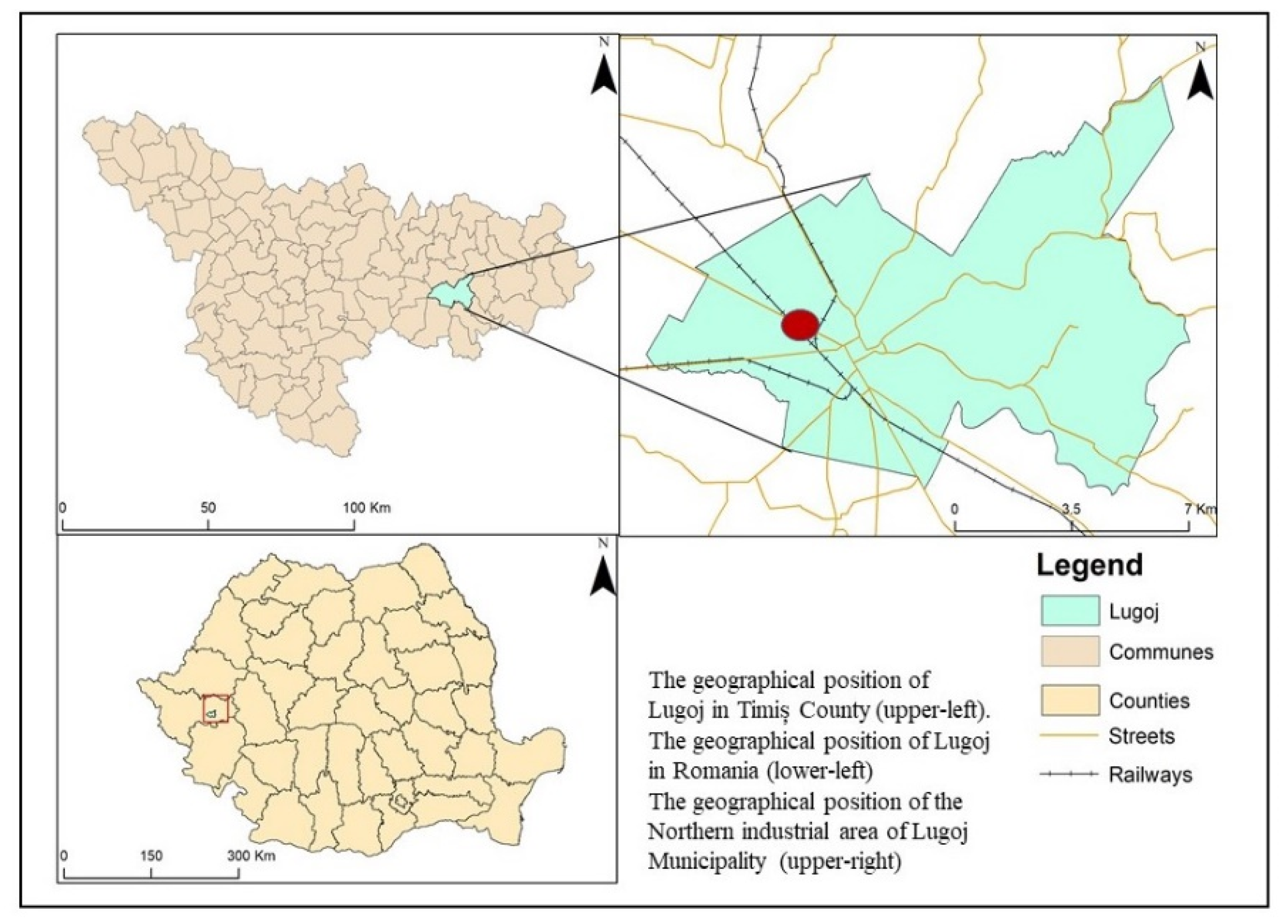
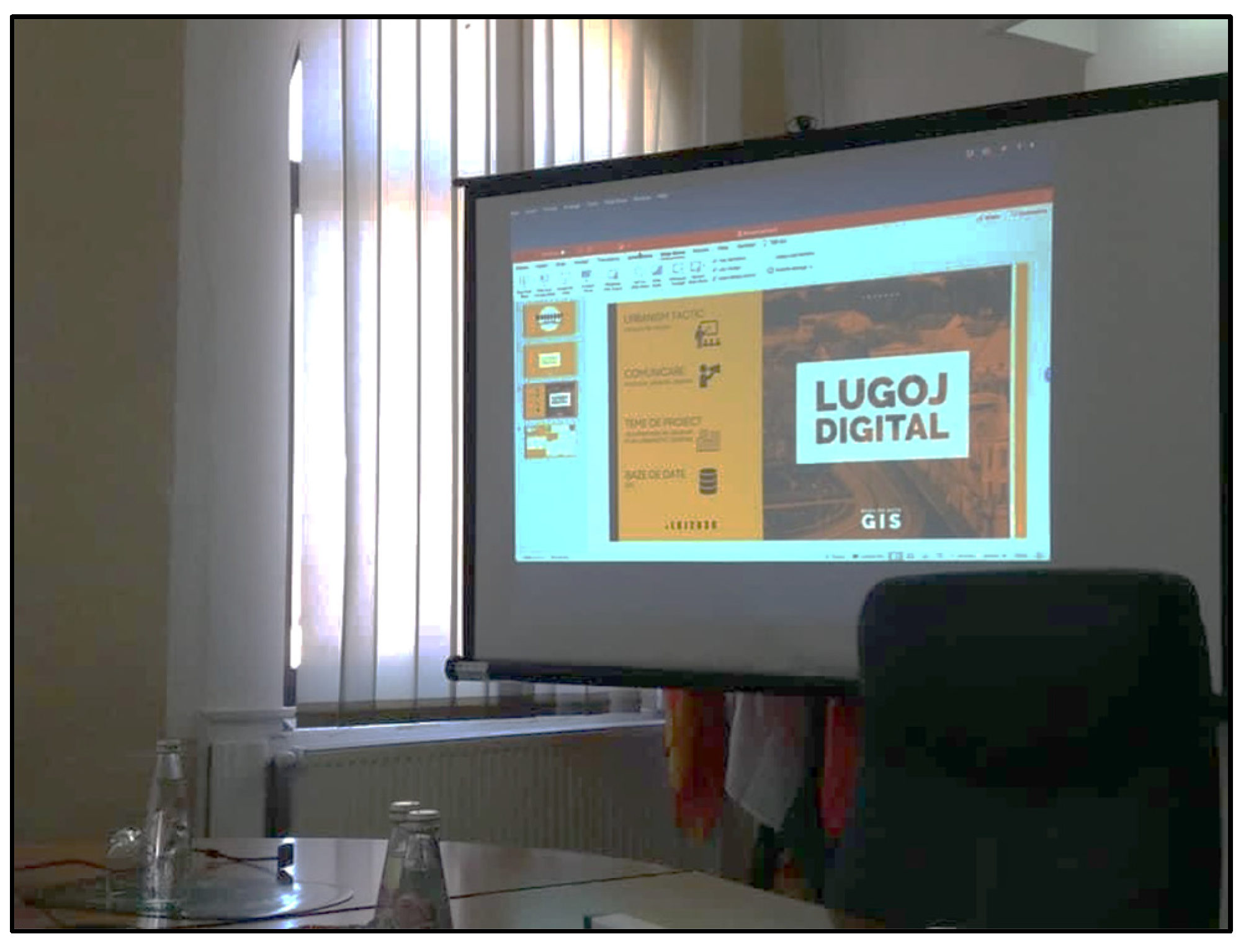
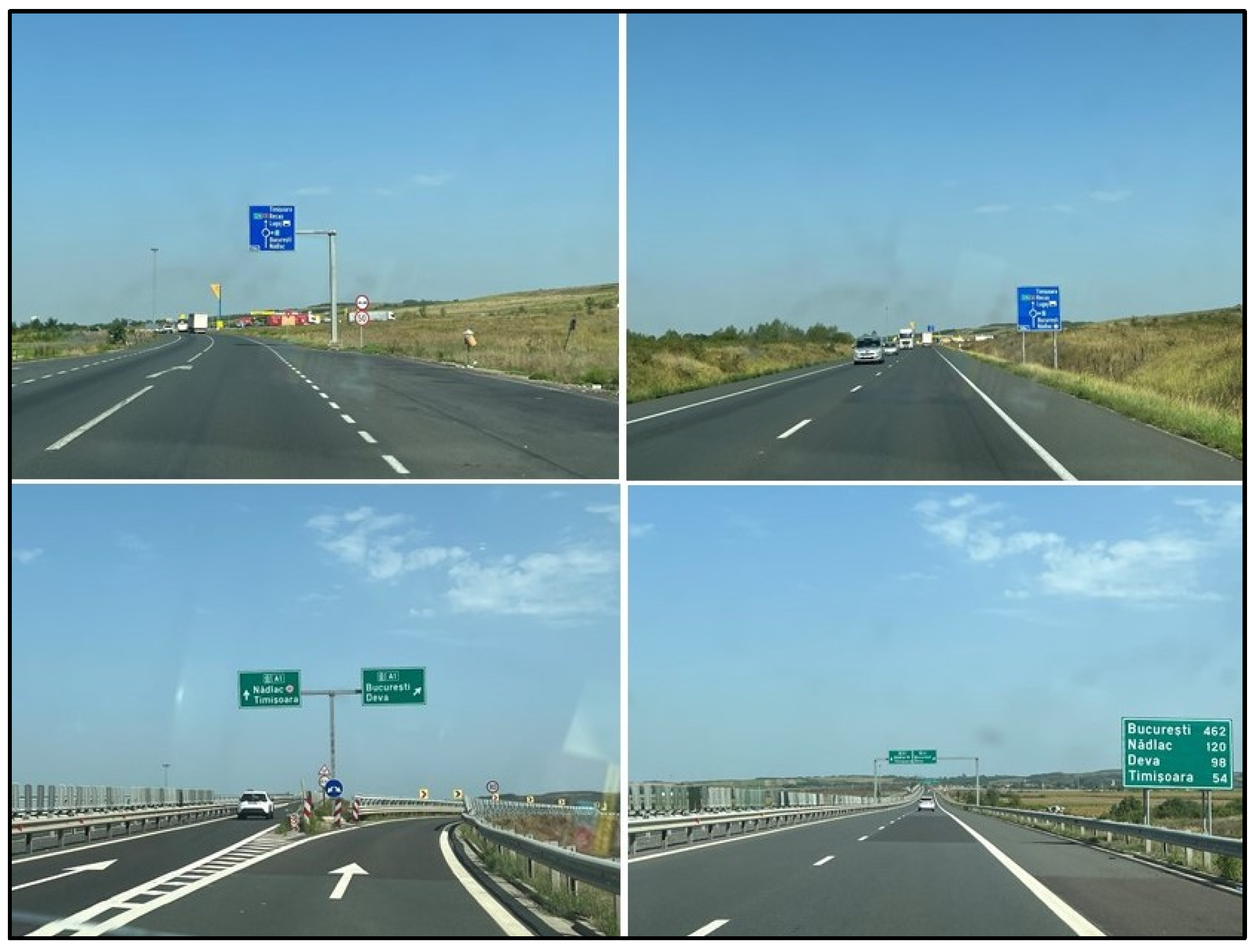
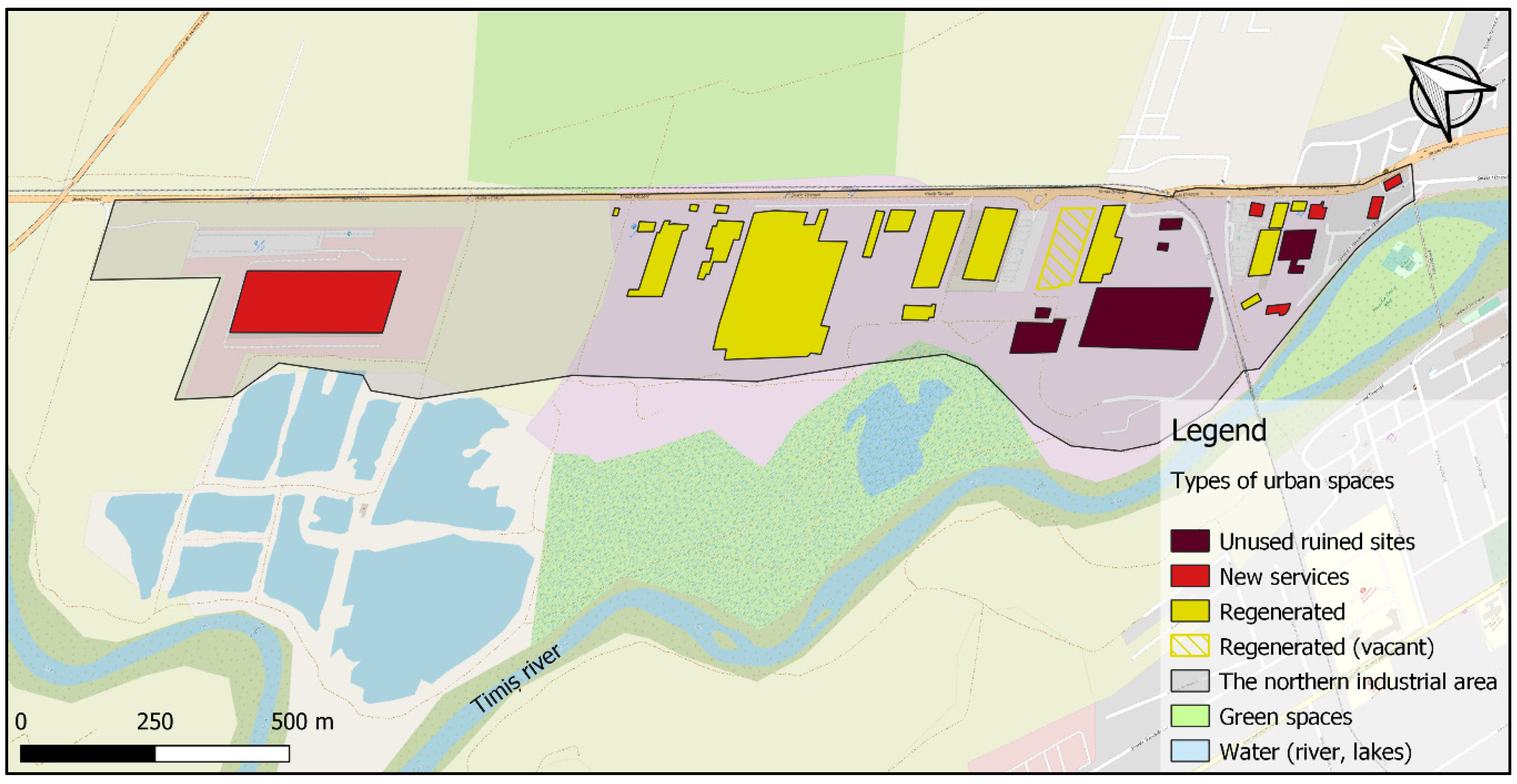
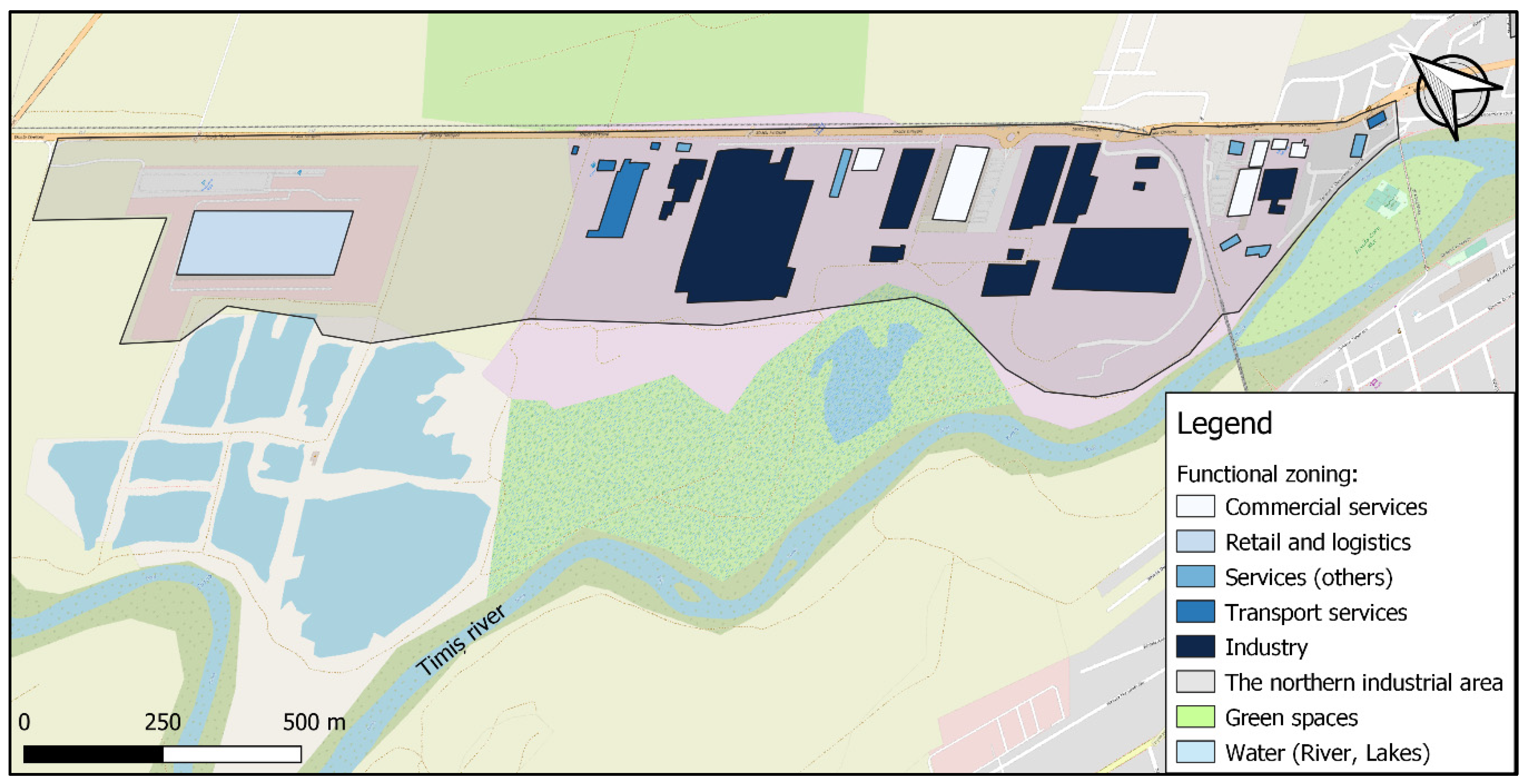
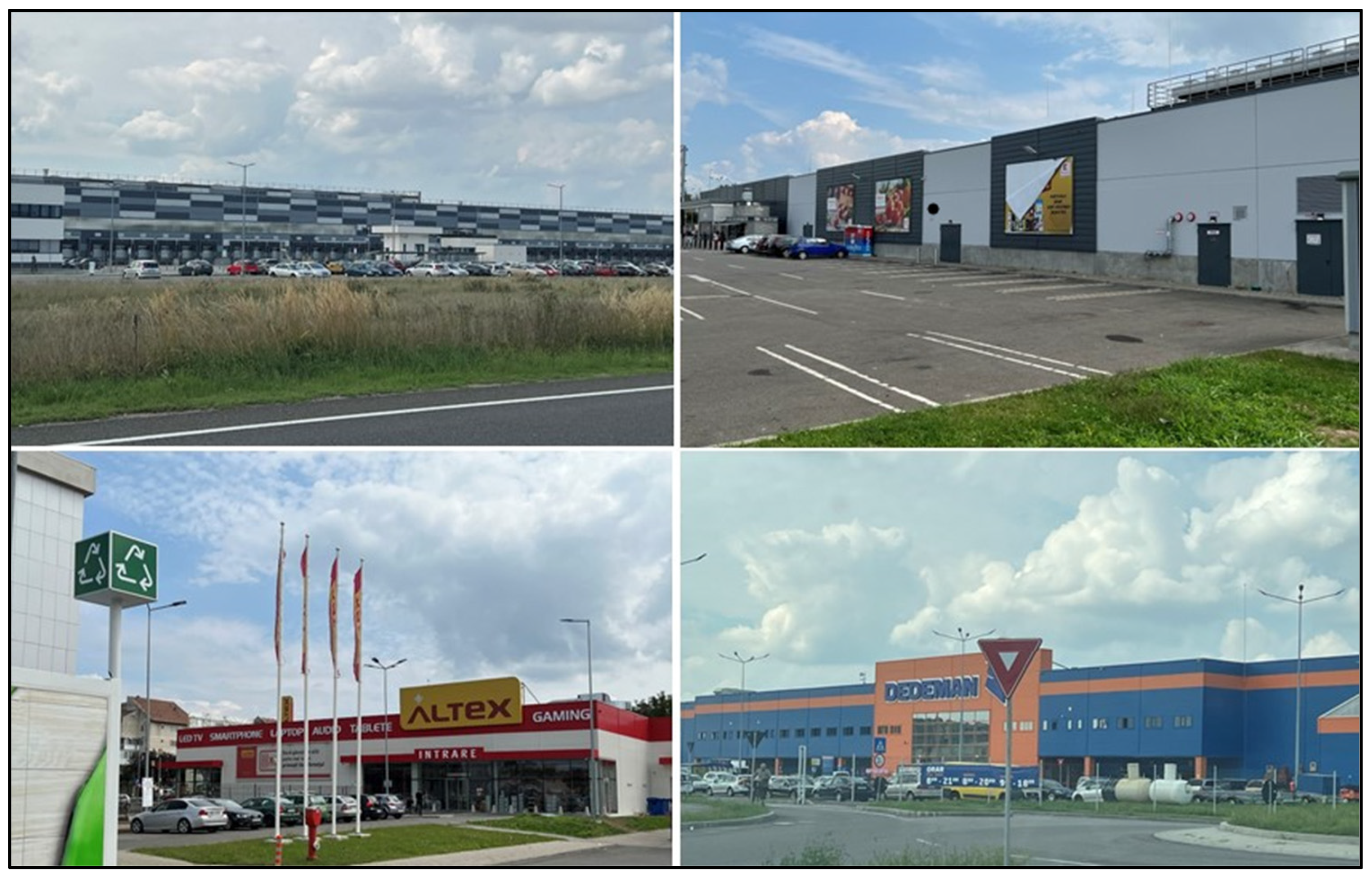
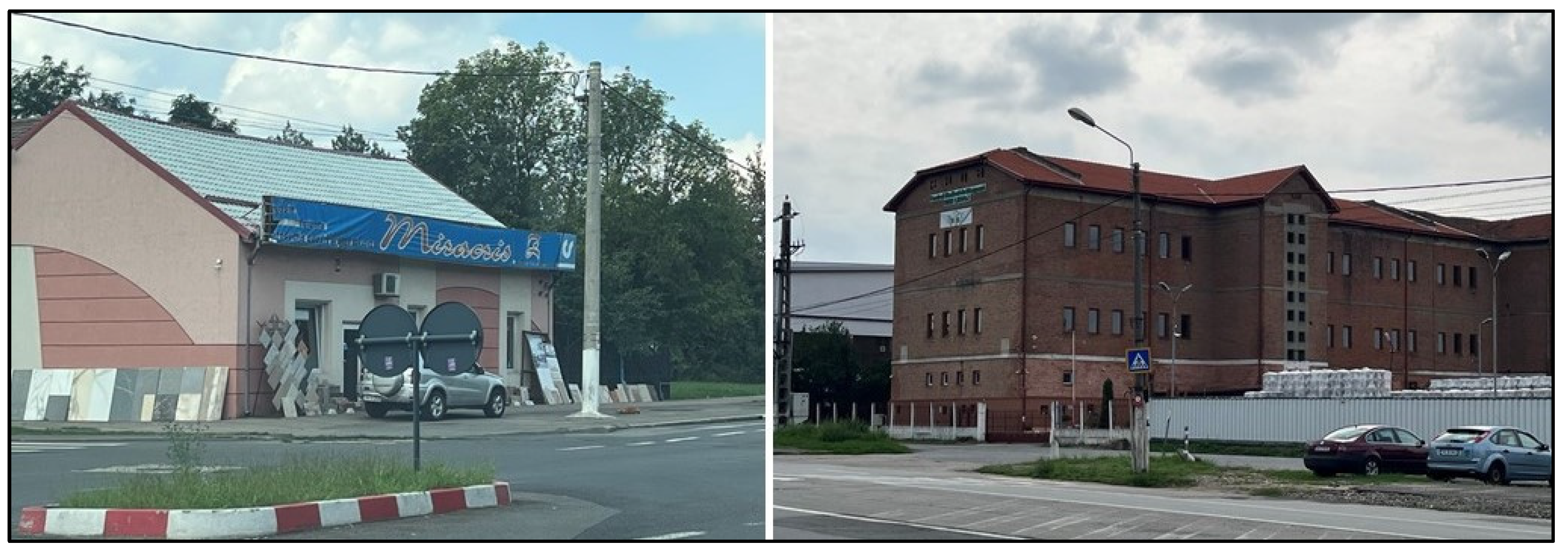
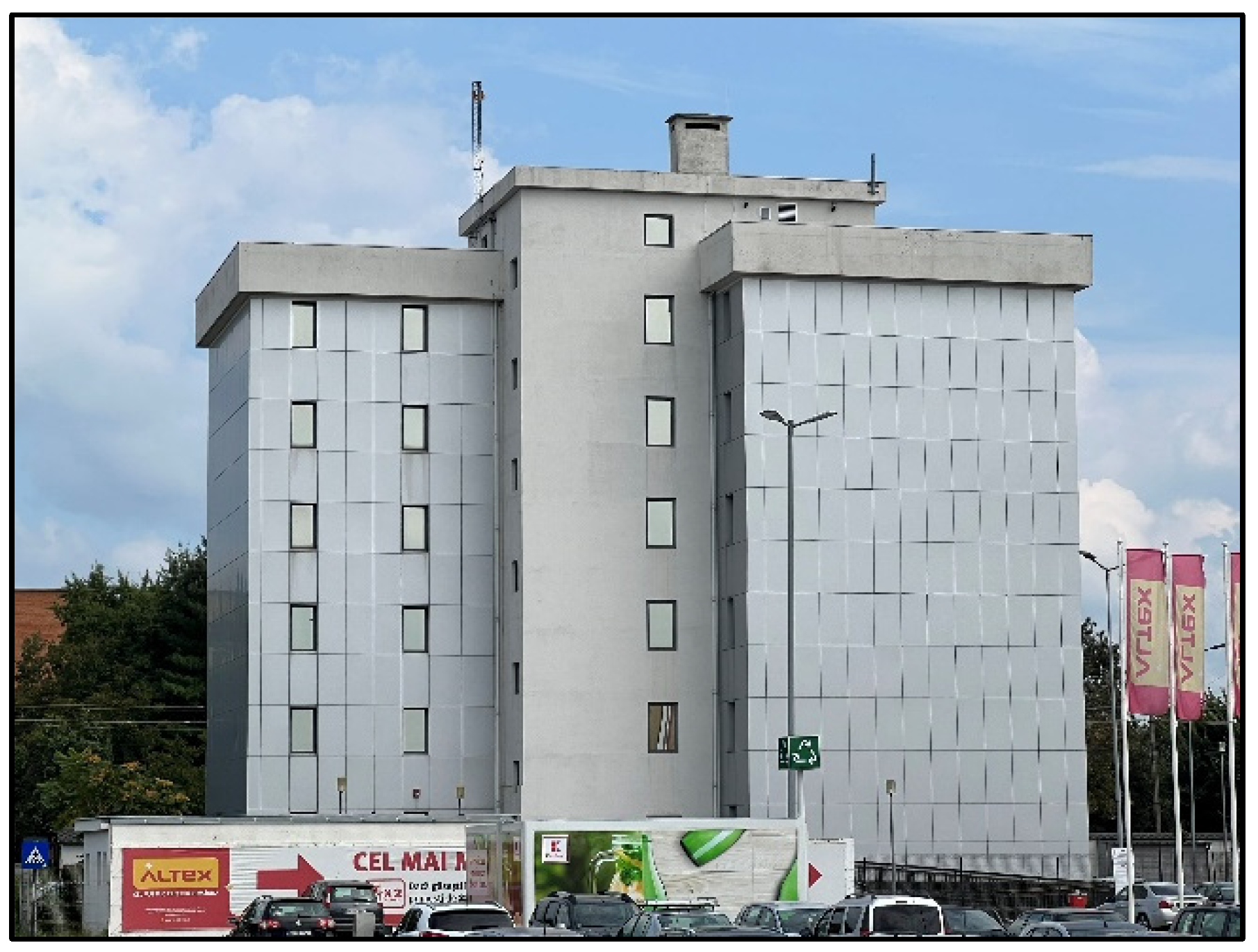
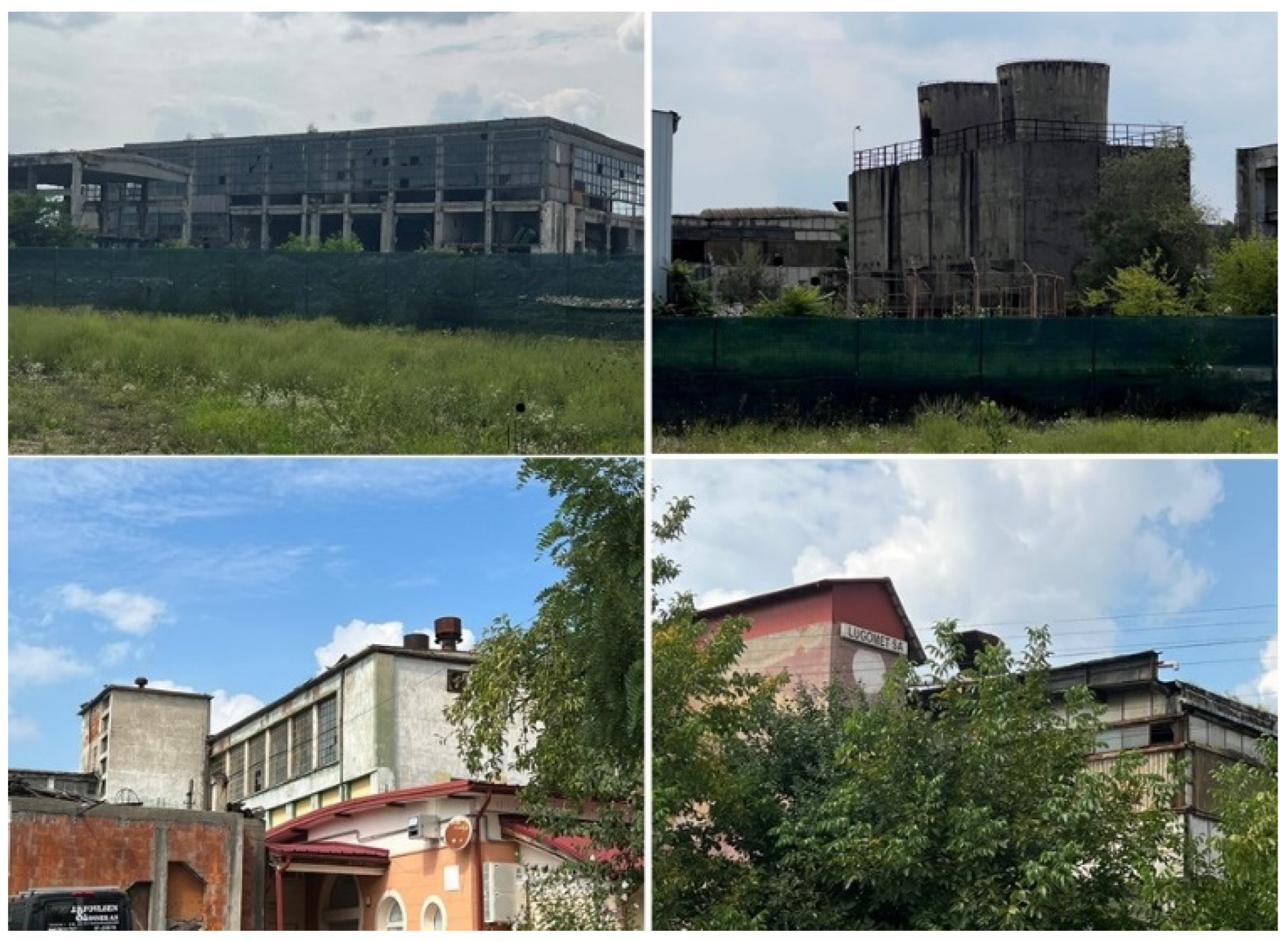
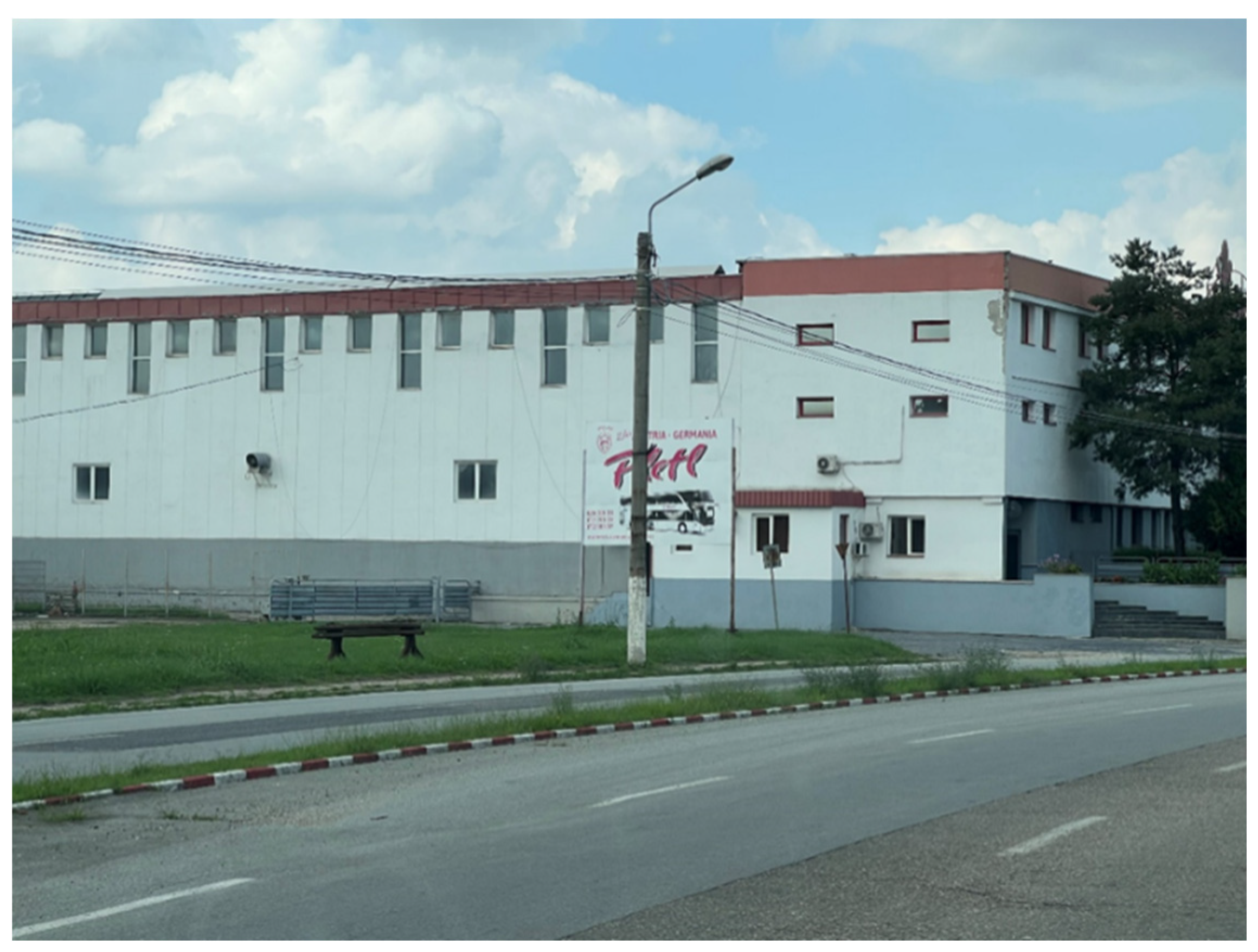
| Economic/Urban Sector/Function | Types of Economic/Urban Activities | Notes |
|---|---|---|
| Services | commercial and retail | favored and sustained by the transport infrastructure development |
| logistics | ||
| transport services | ||
| Industry | new creative industries | |
| classic/traditional industry | ||
| Residence | new residential areas in the proximity of the northern industrial/service area | favored by the development of the new services, transport and industrial restructuring |
Disclaimer/Publisher’s Note: The statements, opinions and data contained in all publications are solely those of the individual author(s) and contributor(s) and not of MDPI and/or the editor(s). MDPI and/or the editor(s) disclaim responsibility for any injury to people or property resulting from any ideas, methods, instructions or products referred to in the content. |
© 2022 by the author. Licensee MDPI, Basel, Switzerland. This article is an open access article distributed under the terms and conditions of the Creative Commons Attribution (CC BY) license (https://creativecommons.org/licenses/by/4.0/).
Share and Cite
JUCU, I.S. When Service-Led Activities and Tertiarization Processes Replace Old Industries and Local Brownfields: Changes, Perceptions and Perspectives in the Northern Industrial Area of Lugoj, Romania. Land 2023, 12, 37. https://doi.org/10.3390/land12010037
JUCU IS. When Service-Led Activities and Tertiarization Processes Replace Old Industries and Local Brownfields: Changes, Perceptions and Perspectives in the Northern Industrial Area of Lugoj, Romania. Land. 2023; 12(1):37. https://doi.org/10.3390/land12010037
Chicago/Turabian StyleJUCU, Ioan Sebastian. 2023. "When Service-Led Activities and Tertiarization Processes Replace Old Industries and Local Brownfields: Changes, Perceptions and Perspectives in the Northern Industrial Area of Lugoj, Romania" Land 12, no. 1: 37. https://doi.org/10.3390/land12010037
APA StyleJUCU, I. S. (2023). When Service-Led Activities and Tertiarization Processes Replace Old Industries and Local Brownfields: Changes, Perceptions and Perspectives in the Northern Industrial Area of Lugoj, Romania. Land, 12(1), 37. https://doi.org/10.3390/land12010037






